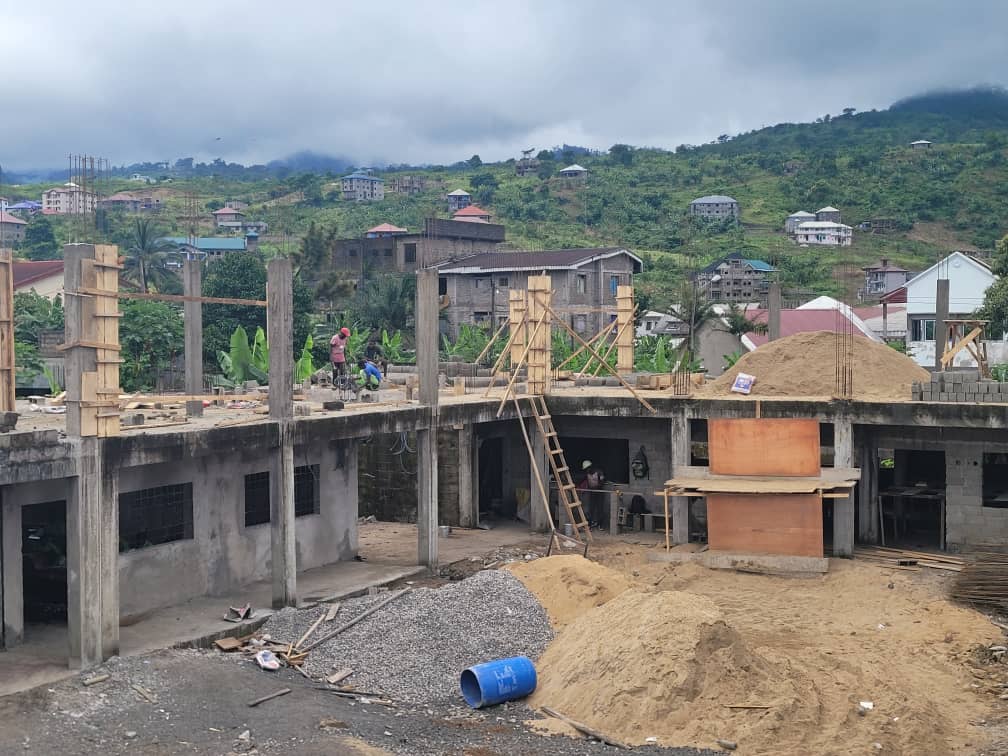
Infrastructure development is often hailed as the cornerstone of economic growth and social progress. In the vast, untapped expanses of rural areas, the role of infrastructure—from roads and bridges to digital networks and clean water systems—becomes even more pivotal. It’s the lifeline that connects isolated communities to the wider world, unlocking opportunities for education, healthcare, and economic diversification. This article delves into how infrastructure development is transforming rural communities, paving the way for a brighter, more sustainable future.
Current State of Rural Infrastructure
The disparity in infrastructure quality between urban and rural areas is stark. Many rural communities lack basic amenities that urban dwellers take for granted. Access to clean drinking water, reliable electricity, efficient transportation networks, and high-speed internet remains a distant dream for millions living in the countryside. This gap not only hinders economic development but also exacerbates social inequalities.
Case Studies of Transformation
Yet, amidst these challenges lie stories of remarkable transformation. Consider the electrification of remote villages through solar microgrids, which has illuminated lives, enabling children to study at night and adults to engage in income-generating activities after dark. Or take the example of rural road projects that have reduced travel time to markets, schools, and health facilities, significantly improving the quality of life for rural populations.
In India, the Bharatmala Pariyojana initiative aims to enhance road connectivity and infrastructure across rural areas, facilitating easier access to economic opportunities and social services. Similarly, in Africa, projects like the Rural Access and Mobility Project (RAMP) have significantly improved rural road networks, impacting millions of lives by connecting remote villages to essential services and markets.
Innovative Approaches to Rural Development
Innovation in rural infrastructure development is not just about bridging physical distances; it’s about leapfrogging traditional barriers to progress. Smart agriculture technologies, for example, are revolutionizing farming practices, allowing farmers to increase yields while conserving resources. Renewable energy projects are bringing sustainable power to remote areas, reducing dependence on fossil fuels and creating cleaner living environments.
The advent of the internet and mobile technologies has opened up new vistas for rural education and healthcare. Telemedicine initiatives are bringing specialist healthcare advice to remote areas, while online education platforms offer rural students access to quality education resources.
Sustainability and Community Involvement
Crucially, sustainable infrastructure development emphasizes not only economic growth but also environmental stewardship and social equity. Engaging local communities in the planning and implementation of projects ensures that development meets their needs and respects their way of life. Furthermore, incorporating green technologies and practices minimizes environmental impact and promotes resilience against climate change.
Certainly! Here’s a blog post based on the topic “Building a Brighter Future: How Infrastructure Development Transforms Rural Communities.”
Transforming Rural Horizons: The Impact of Infrastructure Development on Community Prosperity
Infrastructure development is often hailed as the cornerstone of economic growth and social progress. In the vast, untapped expanses of rural areas, the role of infrastructure—from roads and bridges to digital networks and clean water systems—becomes even more pivotal. It’s the lifeline that connects isolated communities to the wider world, unlocking opportunities for education, healthcare, and economic diversification. This article delves into how infrastructure development is transforming rural communities, paving the way for a brighter, more sustainable future.
Current State of Rural Infrastructure
The disparity in infrastructure quality between urban and rural areas is stark. Many rural communities lack basic amenities that urban dwellers take for granted. Access to clean drinking water, reliable electricity, efficient transportation networks, and high-speed internet remains a distant dream for millions living in the countryside. This gap not only hinders economic development but also exacerbates social inequalities.
Case Studies of Transformation
Yet, amidst these challenges lie stories of remarkable transformation. Consider the electrification of remote villages through solar microgrids, which has illuminated lives, enabling children to study at night and adults to engage in income-generating activities after dark. Or take the example of rural road projects that have reduced travel time to markets, schools, and health facilities, significantly improving the quality of life for rural populations.
In India, the Bharatmala Pariyojana initiative aims to enhance road connectivity and infrastructure across rural areas, facilitating easier access to economic opportunities and social services. Similarly, in Africa, projects like the Rural Access and Mobility Project (RAMP) have significantly improved rural road networks, impacting millions of lives by connecting remote villages to essential services and markets.
Innovative Approaches to Rural Development
Innovation in rural infrastructure development is not just about bridging physical distances; it’s about leapfrogging traditional barriers to progress. Smart agriculture technologies, for example, are revolutionizing farming practices, allowing farmers to increase yields while conserving resources. Renewable energy projects are bringing sustainable power to remote areas, reducing dependence on fossil fuels and creating cleaner living environments.
The advent of the internet and mobile technologies has opened up new vistas for rural education and healthcare. Telemedicine initiatives are bringing specialist healthcare advice to remote areas, while online education platforms offer rural students access to quality education resources.
Sustainability and Community Involvement
Crucially, sustainable infrastructure development emphasizes not only economic growth but also environmental stewardship and social equity. Engaging local communities in the planning and implementation of projects ensures that development meets their needs and respects their way of life. Furthermore, incorporating green technologies and practices minimizes environmental impact and promotes resilience against climate change.
Conclusion
The transformative power of infrastructure development in rural areas cannot be overstated. By bridging the gap between rural and urban, infrastructure lays the foundation for a more equitable and sustainable future. However, the journey is far from complete. Continuous innovation, coupled with a commitment to sustainability and community involvement, will be key to unlocking the full potential of rural communities around the globe.
We invite you to share your thoughts, experiences, or insights on infrastructure development in rural areas. How do you see these initiatives shaping the future of rural communities? Join the conversation below and help us envision a brighter future for all.